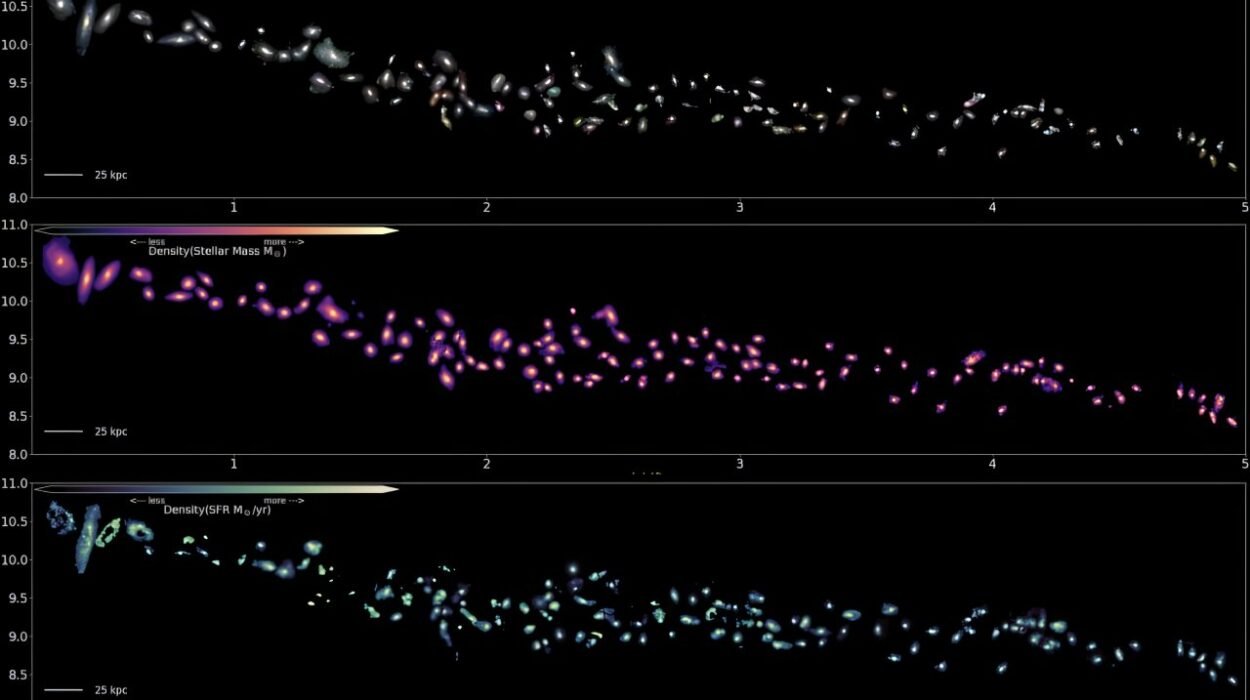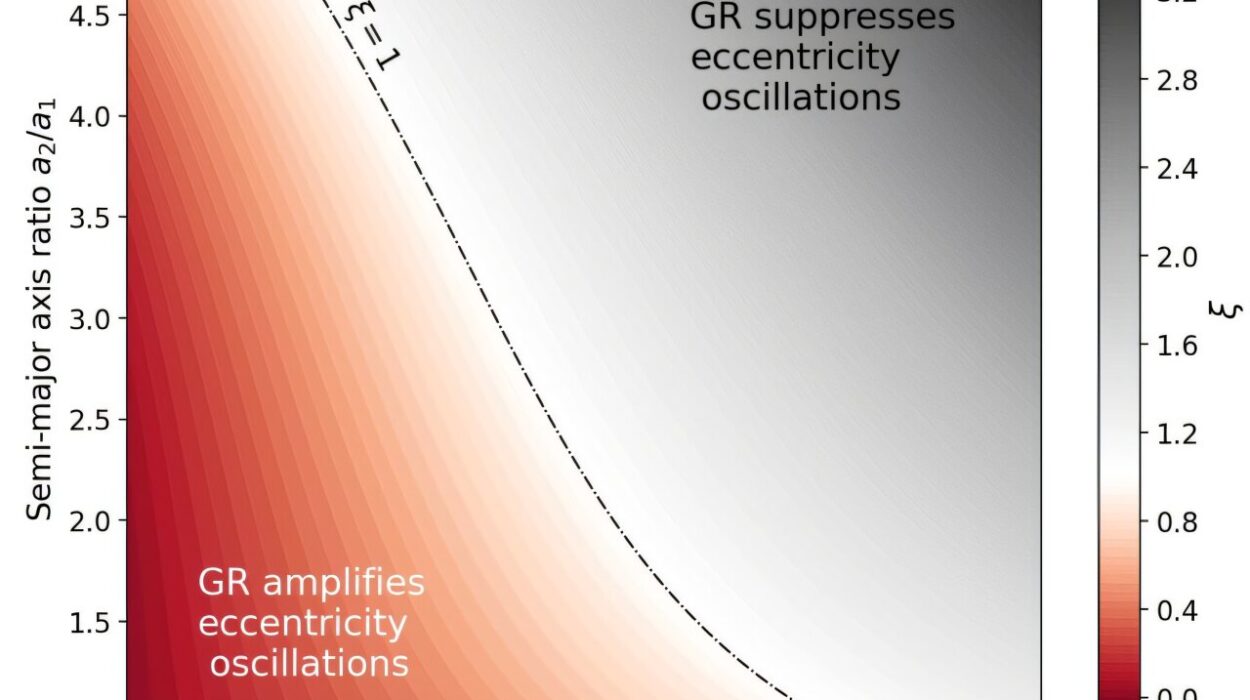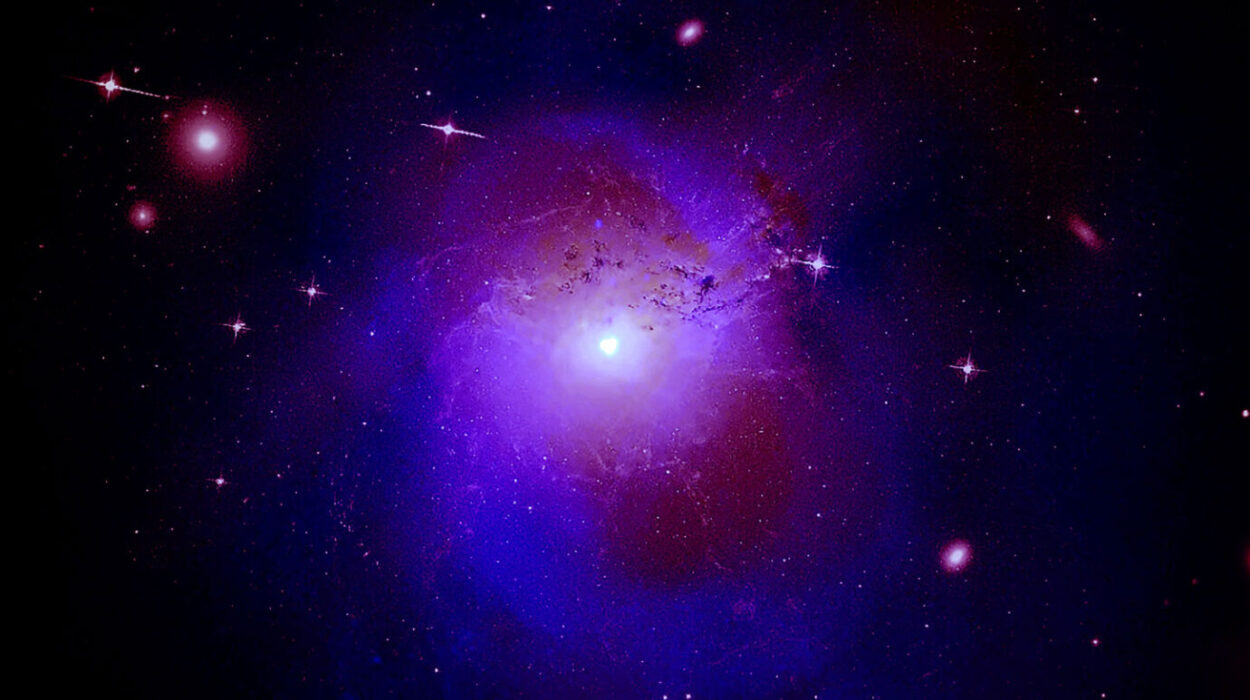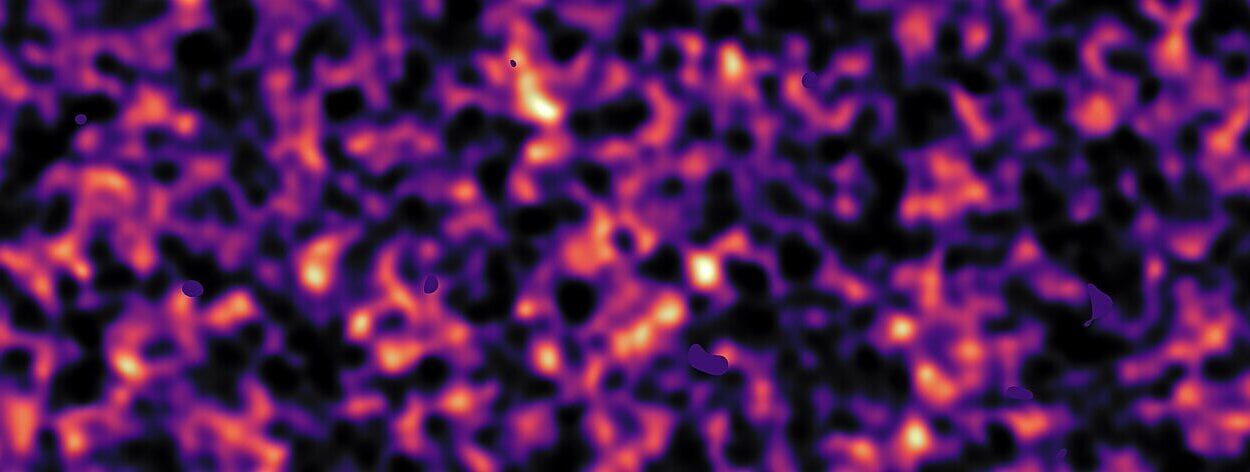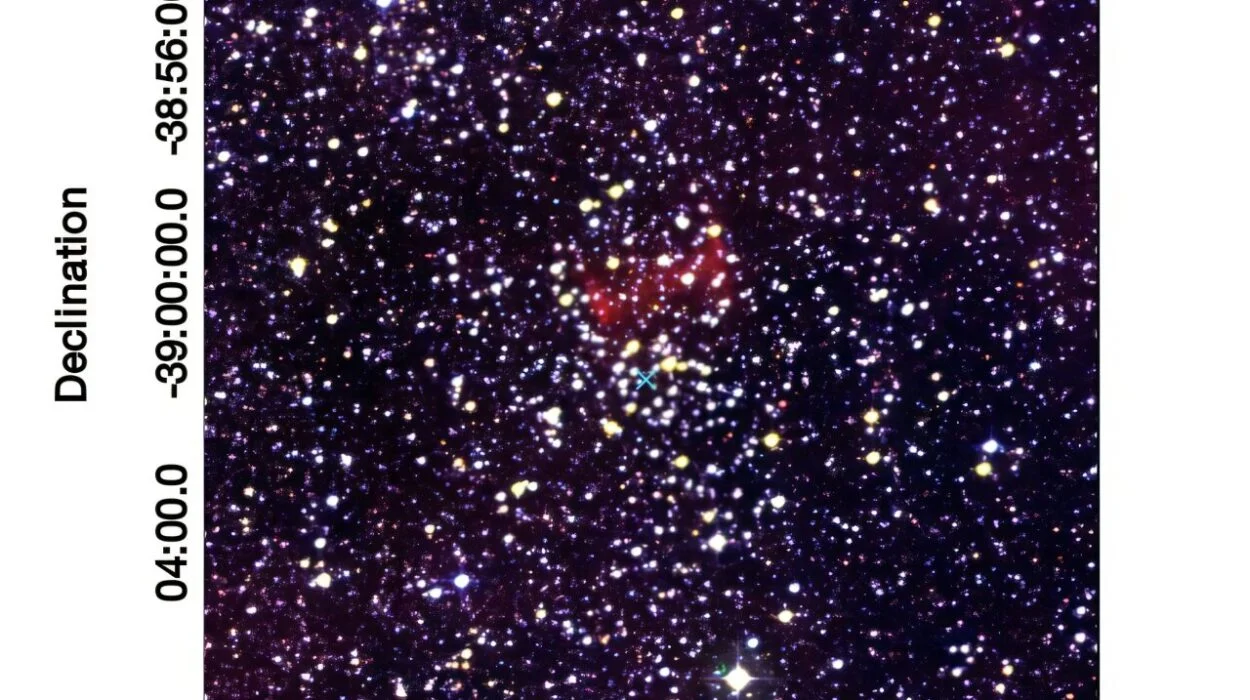Chinese astronomers recently conducted an in-depth study of the black hole X-ray binary system SLX 1746–331 during its 2023 outburst. This system, which was discovered in 1985, is located around 35,200 light-years from Earth and is classified as a transient low-mass X-ray binary (LMXB). The recent research, published in The Astrophysical Journal Letters, provides new insights into the system’s behavior, offering valuable data on its spectral and temporal properties. This research could significantly improve our understanding of the nature of SLX 1746–331 and the broader category of X-ray binary systems.
What are X-ray Binaries?
X-ray binaries are systems in which a normal star or a white dwarf transfers mass onto a compact object, typically a neutron star or a black hole. This process produces high-energy X-rays, observable from Earth, due to the extreme gravitational and magnetic forces at play. These systems are divided into two categories based on the mass of the companion star. Low-mass X-ray binaries (LMXBs) involve a companion star with a mass less than about two solar masses, while high-mass X-ray binaries (HMXBs) involve stars with masses greater than two solar masses. The behavior of these systems varies depending on the mass of the compact object and the star, making them crucial for understanding stellar evolution and the physics of compact objects.
SLX 1746–331: A Transient Black Hole X-ray Binary
SLX 1746–331 is a particularly interesting black hole LMXB. As a transient system, it experiences periods of activity, such as outbursts, followed by quiescence. The most recent outburst began in 2023, after the system had been dormant for over 13 years. The outburst reached its peak on March 14, 2023, providing a valuable opportunity for astronomers to conduct detailed observations. SLX 1746–331 is situated about 35,200 light years away in the Galactic plane. Its location and the presence of a black hole make it an intriguing subject for astrophysical research. Observing how such systems behave during outbursts can give scientists clues about the inner workings of black holes and their accretion disks—the swirling mass of gas and matter surrounding the black hole.
The Study of SLX 1746–331’s 2023 Outburst
The 2023 outburst of SLX 1746–331 provided a rare opportunity for detailed study, and a team led by Jing-Qiang Peng of the Chinese Academy of Sciences (CAS) took full advantage of it. The team employed several sophisticated space telescopes to observe the system’s behavior, including China’s Insight-HXMT satellite, as well as NASA’s Neutron star Interior Composition Explorer (NICER) and Nuclear Spectroscopic Telescope Array (NuSTAR). These instruments provided a comprehensive view of the system, allowing researchers to analyze both the spectral and temporal properties of the outburst.
The observations revealed several noteworthy findings that contribute to our understanding of the black hole’s behavior during the outburst.
Key Observations and Findings
One of the most significant discoveries of this study was that, throughout the 2023 outburst, SLX 1746–331 remained in a soft state, with no apparent transitions to a hard state. This is in contrast to typical behavior observed in many black hole transient X-ray binaries, where the system often transitions from a low-hard state to a high-soft state as the outburst progresses. In this case, SLX 1746–331 stayed predominantly in a soft state, with its luminosity dropping to about 500 times lower than the peak level during the outburst, yet it still exhibited strong emissions primarily from the accretion disk.
The researchers found that in three observations using NuSTAR, there was a significant reflection component present in the X-ray spectrum. In this context, the reflection spectrum occurs when the inner part of the accretion disk is illuminated by its own emissions, resulting in characteristic features in the spectrum. This indicates that the inner regions of the disk play a crucial role in the emission during the outburst.
The thermal spectrum of the system exhibited a strong correlation between the disk’s unabsorbed flux and the inner temperature of the disk. This correlation persisted up to a luminosity more than two orders of magnitude lower than the peak luminosity, suggesting a stable process of accretion during the outburst, even at lower luminosities. Unlike other black hole X-ray transients, which typically exhibit a shift from the low-hard state (where the spectrum is dominated by non-thermal X-rays) to the soft state (dominated by thermal disk emissions), SLX 1746–331 did not undergo such a transition. Instead, the system remained consistent in its behavior, staying near the innermost stable circular orbit (ISCO) of the black hole throughout the outburst. This unique characteristic makes SLX 1746–331 an intriguing case for further study.
Spin and Inclination
The study also provided estimates for the spin and inclination of the black hole. The spin parameter of the black hole was estimated to be approximately 0.85, which suggests that the black hole is rapidly rotating. The inclination angle of the system was found to be about 53 degrees, which provides additional context for understanding the geometry of the system as seen from Earth. These measurements are vital for studying the mechanics of the black hole and the accretion process, as the spin affects the dynamics of matter falling toward the black hole.
Compact Object Mass and Inner Disk Radius
The mass of the compact object in SLX 1746–331 was measured to be around 5.5 solar masses, placing it in the category of stellar-mass black holes. This mass is significant because it allows scientists to draw comparisons with other black holes in the same mass range and to study the different behaviors of black holes across the mass spectrum. Additionally, the inner radius of the accretion disk was estimated to range from 5.8 to 11.7 km, offering insight into the structure of the disk and its proximity to the event horizon. These values can be used to further refine our models of black hole accretion and the complex interactions that occur in the region near the event horizon.
Implications for Future Research
The findings of this study have several important implications for the study of black hole systems. The fact that SLX 1746–331 remained in a soft state throughout the outburst challenges some of the conventional theories about how black hole transients behave. It suggests that the accretion disk may be playing a much larger role than previously thought, even at lower luminosities. The reflection component observed in the spectrum could also provide further clues about the geometry and dynamics of the inner regions of the disk.
Moreover, the rapid spin of the black hole and its relatively small inner disk radius suggest that SLX 1746–331 may be in a state of highly efficient accretion, possibly providing insights into how black holes grow and evolve over time. Understanding the details of these outbursts can help researchers develop more accurate models of black hole physics and improve our understanding of how matter behaves in extreme gravitational environments.
Conclusion
The recent outburst of SLX 1746–331 provided an invaluable opportunity for astronomers to conduct an in-depth investigation of a black hole X-ray binary system. The detailed observations, conducted by a team of Chinese astronomers using both local and international space telescopes, have yielded new and intriguing insights into the system’s spectral and temporal properties. The findings challenge traditional models of black hole behavior and open up new avenues for studying the physics of accretion disks and black hole growth. As more data becomes available, astronomers will continue to refine their understanding of this and other black hole systems, ultimately enhancing our knowledge of the most extreme objects in the universe.
Reference: Jing-Qiang Peng et al, NICER, NuSTAR, and Insight-HXMT Views to Black Hole X-Ray Binary SLX 1746–331, The Astrophysical Journal Letters (2024). DOI: 10.3847/2041-8213/ad3640

